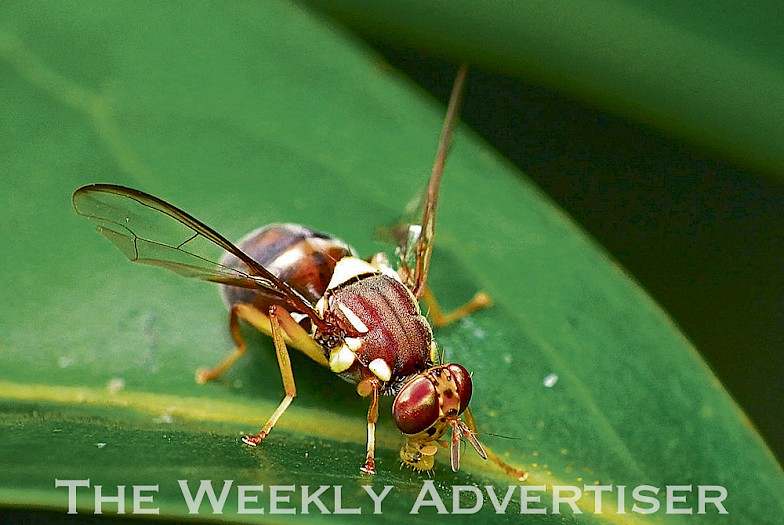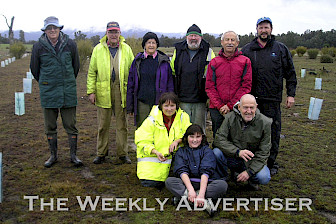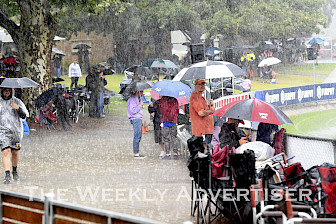Ms Ryan, Fruit Fly Action Plan senior project officer, said fruit flies were usually active from September to May.
“Now is the time to keep a look out at in your garden or on your farm to see if they are present,” she said.
“Fruit flies can spread quickly, so community involvement is essential to monitor and control it.”
Ms Ryan said one way fruit flies could spread was through movement of fruit and vegetables, so was important for people to avoid travelling with home-grown fruit.
She advised Victorians to refuse home-grown fruit and vegetables from friends or family travelling from infested areas.
“Infested fruit must be disposed of properly, such as putting them in the sun in a sealed plastic bag to destroy eggs and maggots – do not put them in compost,” she said.
“Male monitoring traps can identify whether Queensland fruit fly is in the area, and let you know whether it’s time to ramp up your management.”
Ms Ryan said identification was critical as backyard gardens and orchards were also home to many beneficial insects including several types of pollinating flies. Some can be mistaken for fruit flies.
Adult Queensland fruit flies are about seven millimetres long and reddish-brown in colour with yellow markings. They are markedly different to species such as hover flies and native bees.
Ms Ryan said for the greatest chance of successful control, people could speak to their neighbours for a consistent approach and use the following techniques in gardens –
• Follow good garden hygiene such as picking fruit and vegetables as they ripen
• Dispose of unwanted fruit and scraps carefully
• Regularly monitor for the flies’ presence in the garden
• Protect trees, plants and produce through netting, gazebos and bags
• Bait and trap
• Use insecticide control
“If you have fruit trees in your garden but don’t manage them, it’s best to remove them so they don’t become a haven for fruit fly and grow a population in your area,” Ms Ryan said.
People seeking information on managing Queensland fruit fly can visit website agriculture.vic.gov.au/qff.
The entire October 2, 2019 edition of The Weekly Advertiser is available online. READ IT HERE!






